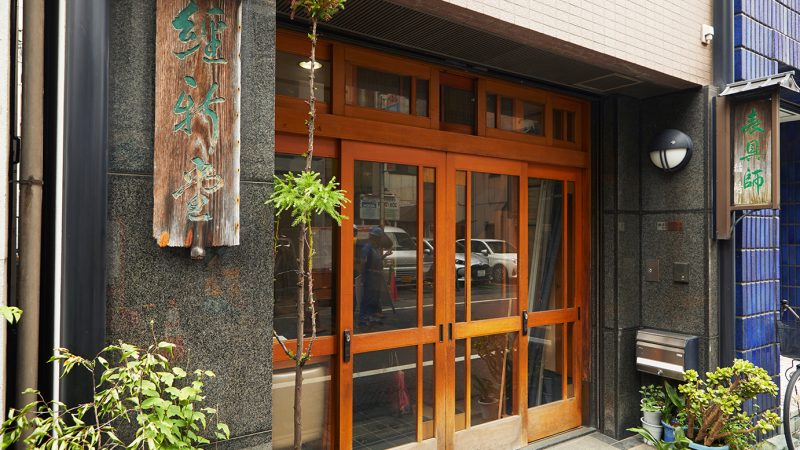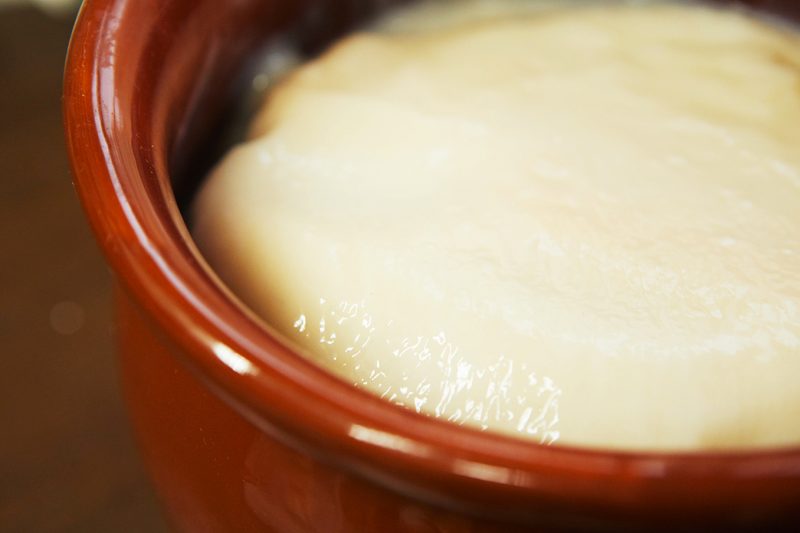
Repairing and carrying on to the future generations of the world of “Edo Hyogu”
Kyoushindo Inazaki, a Hyogu shop in Hamacho, Nihonbashi, has a history of about 180 years since the foundation in the Tenpo era of the Edo period. Today we interviewed Tomonobu Inazaki. "Our main works are Kakejiku (Hanging Scrolls),Gakusou(Framing), and Byoubu(Folding Screens). And since we are a traditional kyoji shop, we also do interior related work such as Fusuma (Sliding Doors) and shoji screens for homes.”

We do create new pieces of work, however, currently we are focused on repairing such as the Kakejiku. “Basically, on repairing the kakejiku we use water rinsing. The papers brought in to repair are in a state of decay and seem like it will soon melt. For example, art pieces of paintings were painted about 100 years ago and have been badly damaged over time. Many people want to clean and refinish them for posterity, so the repair work has increased nowadays.”

It takes a lot of patience and perseverance to repeatedly adding paper until the Kakejiku is completed. “The thickness of the paper on which the picture is drawn and canvas thickness are all different, so we need to design with care so they all have the same thickness. If not, when rolling up the kakejiku it may fold. So the most important thing is to make them soft and pliable.”

The glue for Hyogu is also handmade. “The advantage of our glue is it can be reapplied with water as many times as needed, so it can be redone. The mechanical Kakejiku made today are hot-pressed with chemical glues and cannot be detached and also cannot be repaired and are disposable. If you want to leave it to posterity, it has to be made with proper glue and washi paper using the proper techniques.” Since it is carefully made, it is able to be repaired many times, and will remain for future generations.

